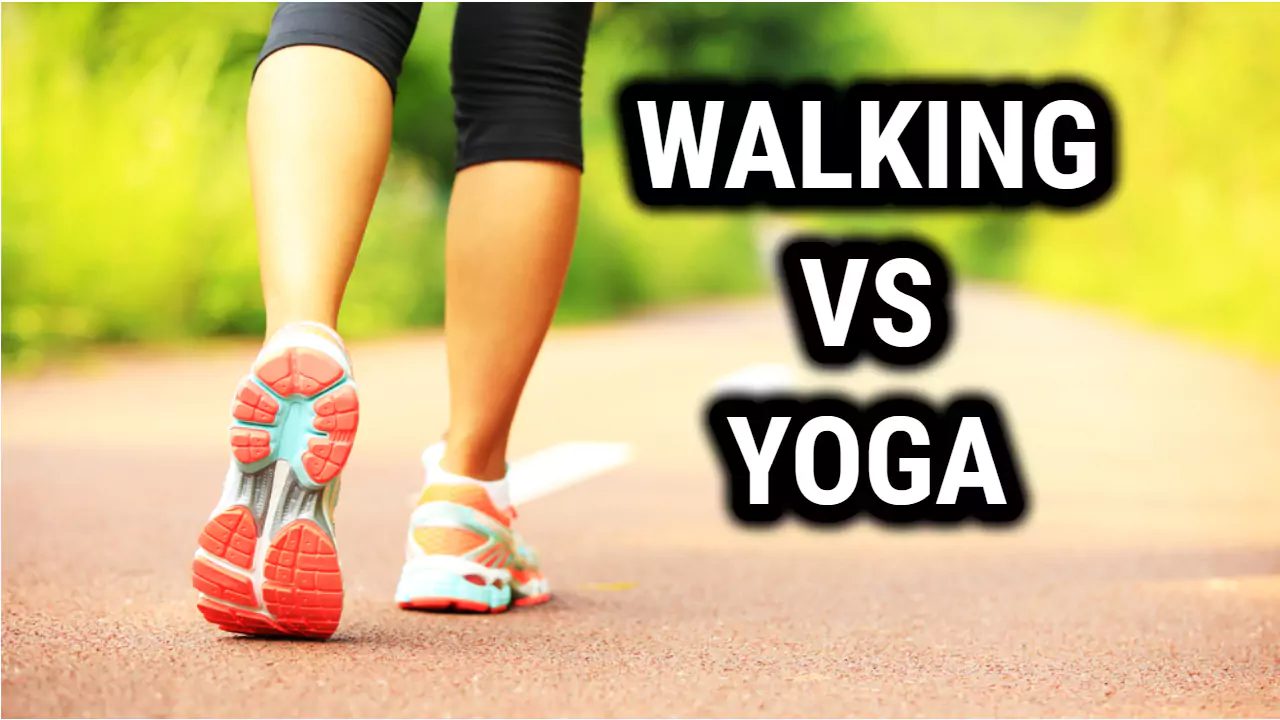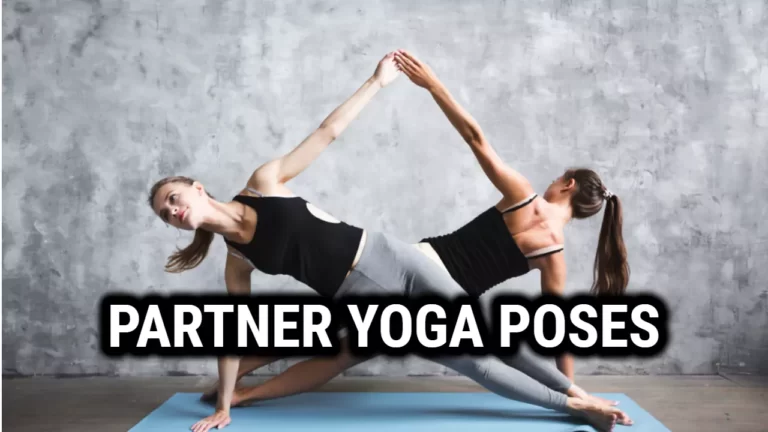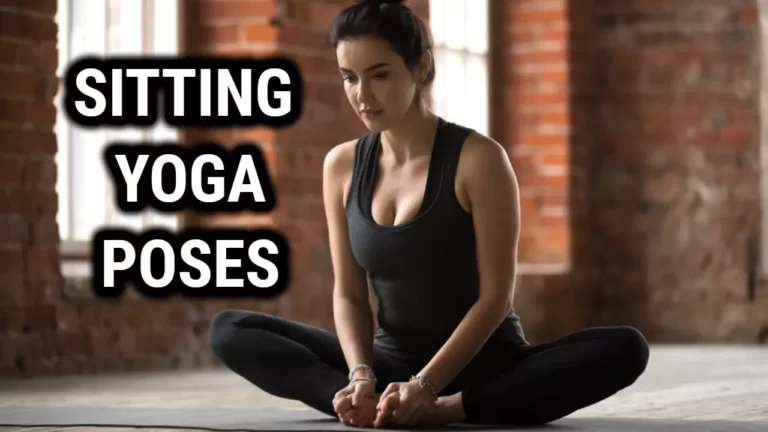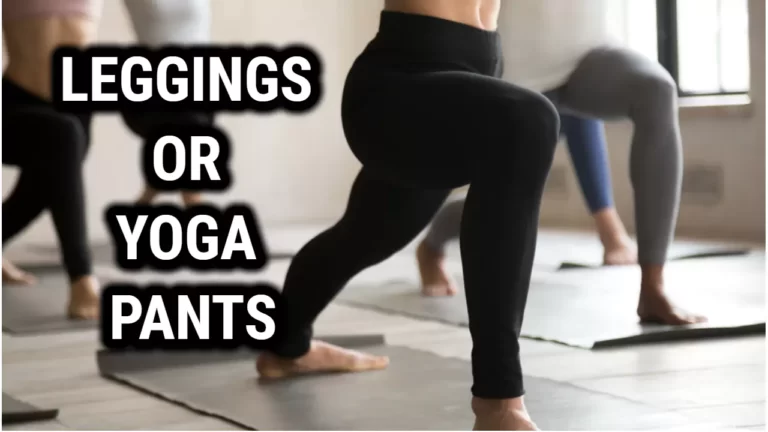30-Minute Walk vs. One-Hour Yoga: Which Is Better for Your Health?

When it comes to exercise, there are many different options to choose from. Two popular choices are a 30-minute walk and a one-hour yoga session. Both have their benefits, but which one is the best?
Walking is a low-impact exercise that can be done anywhere and at any time. It is a great way to get some fresh air, clear your mind, and improve your overall health.
On the other hand, yoga is a more holistic practice that not only works on physical fitness but also mental and emotional well-being. It involves stretching, breathing, and meditation, and can be done in a group or solo setting.
Benefits of a 30-Minute Walk
Walking for 30 minutes a day is a simple yet effective way to improve your overall health and well-being. Here are some of the benefits of a 30-minute walk:
- Reduced Risk of Heart Disease: Walking for 30 minutes per day, five days a week, can reduce your risk of coronary heart disease by 19 percent, according to studies.
- Improved Cardiovascular Health: Walking helps improve your aerobic fitness and blood pressure, which are risk factors for cardiovascular disease.
- Weight Loss: Walking can help you lose excess weight and maintain a healthy weight by burning calories.
- Lower Cholesterol Levels: Walking can also help lower your cholesterol levels and reduce the risk of diabetes.
- Stronger Muscles and Bones: Walking helps strengthen your bones and muscles, which can improve muscle endurance and reduce the risk of osteoporosis.
- Improved Mood and Sleep: Walking can also improve your mood, cognition, memory, and sleep.
Overall, a 30-minute walk is a great way to improve your health and well-being without requiring any special equipment or gym membership. It is a low-impact exercise that can be done anywhere and at any time, making it an easy and accessible option for people of all ages and fitness levels.
Benefits of a One-Hour Yoga
Yoga is a popular form of exercise that offers numerous benefits to the body and mind. A one-hour yoga session can provide a range of benefits that can help improve overall health and wellness. Here are some of the benefits of a one-hour yoga session:
- Improved flexibility: Yoga involves a range of stretching exercises that can help increase flexibility and mobility in the body. This can help reduce the risk of injury and improve overall physical performance.
- Enhanced strength: Holding yoga poses requires strength and endurance. A one-hour yoga session can help build muscle strength and tone the body.
- Reduced stress: Yoga involves deep breathing and relaxation techniques that can help reduce stress and anxiety. This can help improve overall mental health and well-being.
- Better balance and coordination: Yoga poses require balance and coordination, which can help improve overall balance and coordination in daily life.
- Improved posture: Yoga poses can help improve posture and alignment, which can help reduce back pain and other posture-related issues.
- Increased mindfulness: Yoga involves focusing on the present moment and being mindful of the body and breath. This can help improve overall mindfulness and awareness in daily life.
A one-hour yoga session can provide a range of benefits to the body and mind. Whether you’re looking to improve flexibility, build strength, reduce stress, or improve overall health and wellness, yoga can be a great option for achieving your goals.
Factors to Consider
When deciding between a 30-minute walk and a one-hour yoga session, there are several factors to consider. These include:
- Physical fitness level: A person’s physical fitness level will determine how much physical activity they can handle. Those who are less fit may find a 30-minute walk challenging, while those who are more fit may require a more intense workout like a one-hour yoga session.
- Goals: The goals of the individual will also play a role in determining which activity is best suited for them. If the goal is to improve cardiovascular health, a 30-minute walk may be more effective. If the goal is to improve flexibility and strength, a one-hour yoga session may be more beneficial.
- Time constraints: Time constraints are another important factor to consider. If a person has limited time, a 30-minute walk may be more feasible than a one-hour yoga session.
- Preferences: Personal preferences should also be taken into account. Some people enjoy the meditative aspect of yoga, while others prefer the fresh air and scenery of a walk.
Ultimately, the best choice between a 30-minute walk and a one-hour yoga session will depend on the individual’s unique circumstances and goals.
Different Types Of Walks
Have you ever wondered what the best type of walking is for your body? With so many different types of walks and their varying benefits, it can be overwhelming to choose. From hiking to jogging to racewalking, powerwalking, and strolling, there are numerous options available when it comes to selecting the perfect walk for your needs. Let’s take a look at each one and how they can help maintain your physical health.
Hiking is an excellent way to get in some good exercise while enjoying nature. It offers a full-body workout that helps tone the muscles and build strength. Hiking also provides an opportunity to explore the outdoors and discover new trails or areas that you may have not seen before.
Jogging is another great way to get in a workout while burning calories at the same time. It is important to pay attention to proper form so as not to strain any muscles or cause injury. Jogging is beneficial for cardiovascular health as it improves blood circulation and keeps the heart rate up.
Racewalking, powerwalking, and strolling are all great ways to enjoy the outdoors while getting some light exercise in as well. Racewalking helps strengthen your core while powerwalking focuses on speed and intensity which can help improve overall fitness levels. Strolling is a slower paced walk that provides opportunities for sightseeing or birdwatching if desired.
No matter what type of walk you choose, it is important to wear comfortable shoes and stay hydrated throughout your activity for maximum benefit.
Also Read: Effective Yoga Poses to Reduce Side Belly Fat
Different Types Of Yoga Practices
There are many different types of yoga practices to choose from, each offering its own unique benefits. The most popular forms of yoga include hatha yoga, power yoga, vinyasa yoga, restorative yoga and ashtanga yoga.
Hatha Yoga is a gentle form of practice that emphasizes breathing exercises and postures. It promotes physical and mental relaxation and is beneficial for those wanting to improve flexibility or build strength.
Power Yoga is a more vigorous style of practice with an emphasis on strength building and cardiovascular endurance. This type of practice can help people lose weight and tone muscles quickly.
Vinyasa Yoga is a dynamic form of practice that involves linking breath with movement in a continuous flow. This style is great for improving coordination, balance, stamina and overall fitness levels.
Restorative Yoga combines postures with props such as blankets or bolsters to create a relaxing atmosphere where the body can unwind completely.
Ashtanga Yoga follows a specific sequence of poses repeated throughout the practice and is great for increasing strength, balance and focus.
Yoga can offer something for everyone – no matter what your goals or preferences may be. With so many different types to choose from it’s easy to find one that suits you best!
Verdict
When it comes to deciding between a 30-minute walk or a one-hour yoga session, both activities offer their own benefits. Walking is a great way to get cardiovascular exercise and can also provide mental clarity. On the other hand, yoga offers many of the same benefits as walking but has more potential for improved flexibility and relaxation.
When considering which activity is best for you, it’s important to consider your individual needs and limitations. Walking may be more suitable if you don’t have access to the equipment needed for yoga or if you are short on time. Yoga might be better suited if you want to focus more on breathing techniques and physical movements that benefit posture and flexibility.
Related Read: Yoga vs Zumba: Which is the More Effective Workout?
Conclusion
After considering the benefits of both walking and yoga, it is clear that both activities offer unique advantages.
A 30-minute brisk walk can help improve cardiovascular health, burn calories, and strengthen leg muscles. Meanwhile, a one-hour yoga session can improve flexibility, balance, and mental well-being.
Ultimately, the best choice between a 30-minute walk or a one-hour yoga session depends on an individual’s goals and preferences. For those looking to improve their cardiovascular health and burn calories, a brisk walk may be the better option.
However, for those seeking to improve their flexibility, balance, and mental well-being, yoga may be the preferred choice. It’s worth noting that both activities can complement each other and be incorporated into a well-rounded fitness routine.
Additionally, individuals may find that they enjoy both activities and choose to alternate between them based on their mood or schedule.
Regardless of which activity an individual chooses, consistency and regularity are key to seeing benefits. Whether it’s a daily 30-minute walk or a weekly one-hour yoga session, committing to a regular exercise routine can help improve overall health and well-being.





